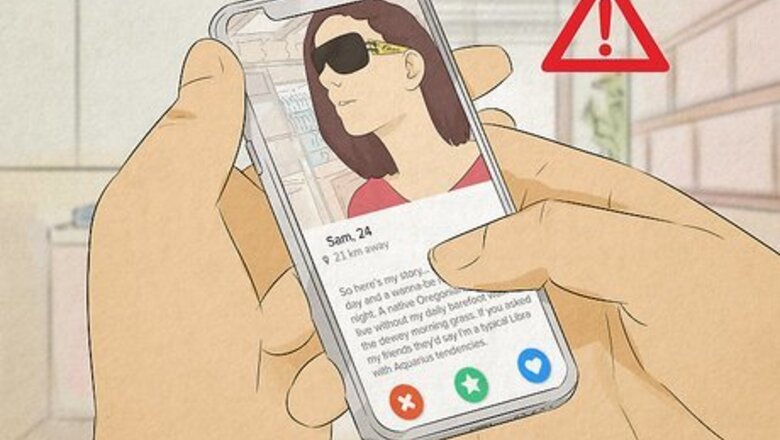
views
Scan the profile for high-quality pictures.
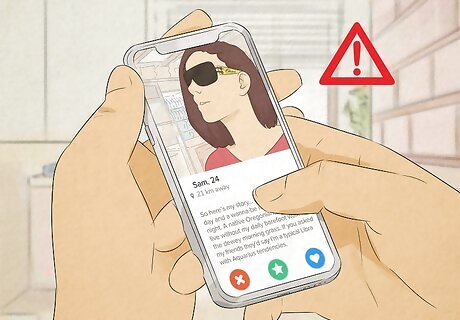
If the profile pic looks too good to be real, it probably is. Bots tend to use studio-quality pictures on their profiles or steal pictures from other social media accounts. If the photos look like they could’ve come out of a magazine, then the profile is probably a bot. Use a reverse image search engine like TinEye or the camera icon in the Google Images search bar to see if their profile pictures are sourced from somewhere else. See if the profile has a gray checkmark—this proves that they got their profile photo verified with Tinder. A bot account almost certainly will not have this checkmark.
Read the account bio.
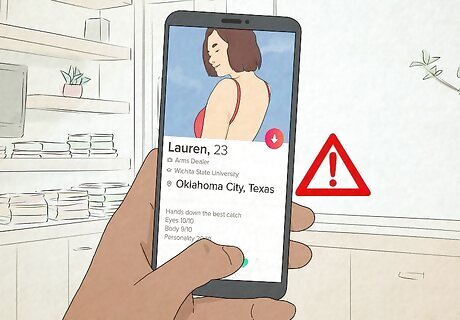
Proofread the bio for errors and sketchy links. Some bots will write sentences that are littered with grammar mistakes—this is a big red flag that the profile isn’t connected to a real person. Bot bios may also feature strange links, or include blatantly false information. For example, if a Tinder bio had “Oklahoma City, Texas” or “Paris, England” as their location, you can assume that the account is probably a bot. Pay attention to any specific hobbies or pastimes that are mentioned in the profile. If you end up chatting, bring up these pastimes and see if the person has anything meaningful to say about them. Let’s say the profile mentions rock climbing as a hobby. While chatting, you might ask the account a casual question about rock climbing. If the account totally skips over your question, there’s a good chance that they’re a bot. Tip: Bot bios tend to be on the short side. Research shows that bot bios often have less than 20 words (or 104 characters).
Look for a linked Facebook account.
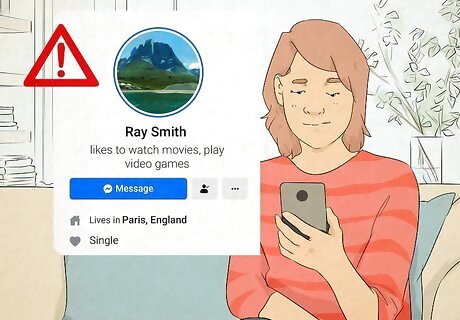
Some bots won’t link a Facebook account, while others will have a fake profile. If the account is attached to a Facebook profile, take a moment to browse through the photos, interests, and friends list. According to certain research, Facebook accounts attached to bot profiles have an average of 60 friends. If the photos and interests seem generic, it’s safe to guess that the profile belongs to a bot. For instance, a bot Facebook account might have generic pictures of a beach, or list really vague interests like “watching movies” or “playing video games.” Think about it this way—does the profile look like it was made by a real person, or like a bunch of Google Images were copied and pasted onto the profile?
Check for a linked Instagram or Spotify account.

Studies report that almost no bot Tinder profiles link to Instagram or Spotify. Out of 146 studied bots, only 1 included a link to an Instagram account. None of the bots bothered making a fake Spotify profile. Instead, more bots posted information about their job or school.
See if the account types very quickly.
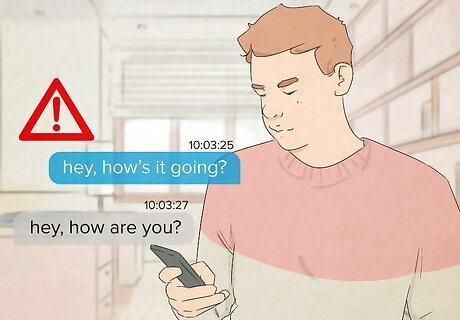
Some people are fast typists, but bots send messages absurdly quickly. Estimate how long it takes an account to message you throughout the conversation. If the account is sending long messages within the span of a few seconds, you can safely assume that it’s a bot. Real people often aren’t able to reply right away. If the account is always available, there’s a good chance that they’re a bot.
Watch out for weird links or requests.
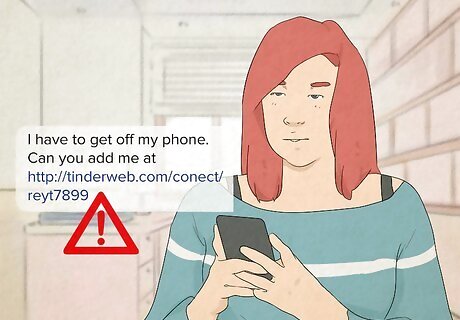
Some bots will ask for your financial information or send you random links. If your Tinder conversation heads in a strange direction, don’t entertain any bizarre or suspicious messages, like ones that ask for your credit card info—chances are, you’re dealing with a bot. A real-life scammer might also ask for money. No matter the source, these messages are always bad news. Sometimes, Tinder bots run scams through suspicious download links to video games or fake surveys.
Look for strange writing habits.
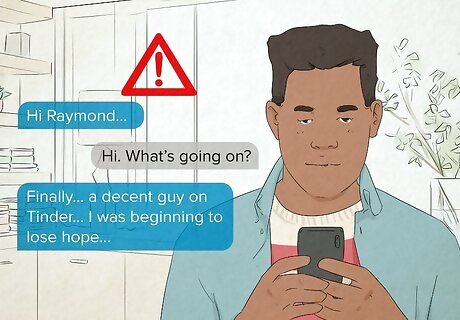
Check for strange, recurring abnormalities in their messages. Some bots might put 2 spaces in between each word, or indent their messages before sending. Others might use multiple punctuation marks. If the profile consistently types like this, assume they’re a bot and end the conversation. For instance, a bot might use 2 periods at the end of every sentence.
Ask the bot easy questions.

You might not be able to identify a bot through casual conversation. Instead, find the chink in their robotic armor with simple, common-sense questions. Ask some questions beyond the realm of small talk—these might trip up the bot into revealing its true nature. Asking questions like “Can I fit a hippo in my handbag?” or “Is a horse bigger than a butterfly?” are surprisingly difficult for bots to answer. If the profile deflects the question or doesn’t give a straight answer, you can assume that it’s a bot.
Send a nonsense message.

Send over a key smash, or a series of unintelligible letters. A real person will reply with something like “what is this” or “is everything okay,” while a bot might repeat your key smash back to you as a part of normal conversation. Should the Tinder profile completely disregard your key-smash or treat it as a normal word, you can assume that they’re a bot. For instance, you might send something like “I love eating sdf;fk for dinner.” A real person would reply in confusion, while a bot might say, “What’s your favorite part about sdf;fk?” If the Tinder profile ends up being an actual person, just send a message apologizing for the typo.
Use sarcastic humor or onomatopoeia.

Bots can’t process certain types of humor and conversational filler very well. Send messages like “um” or “hmm”—a bot won’t register what these phrases mean, and might reply with “tell me more,” or something else generic. You can also send a sarcastic message as a test; if the profile takes your message at face value, you can safely guess that they’re a bot. For instance, you might send a joking message, like “I got rained on when I was heading into work—I just love sitting in damp clothes all day.” In response, the bot might genuinely believe that you like sitting in wet clothes.
Report any suspected bot profiles.
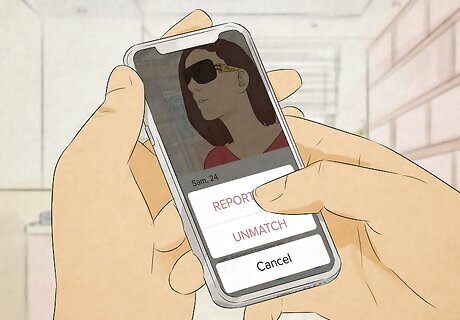
Visit the bot’s profile, scrolling until you reach the “Report” button. If you’ve already matched, head to your DMs and access the bot’s profile through there. Then, hit the “Report” button or tap the button with a shield on it This will bring up 2 options—“report” and “unmatch.” Always report a bot before unmatching with them. Once you’re unmatched, you won’t have the option to report them anymore.

















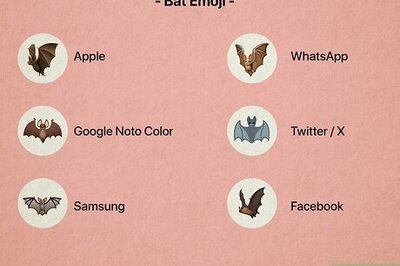
Comments
0 comment